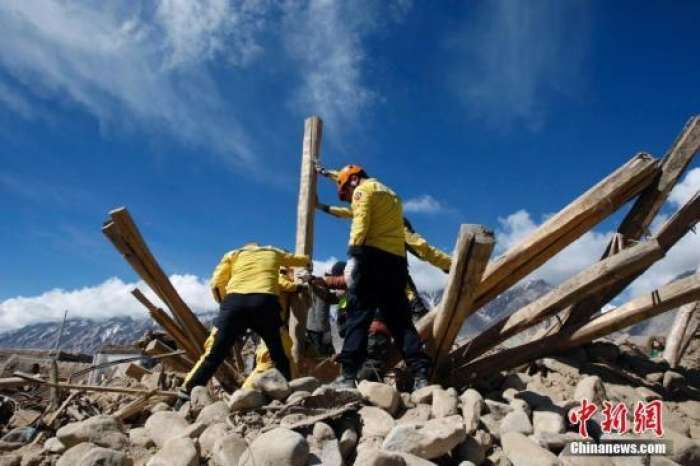China to do 'CT scans' on earth: innovative project for seismologic studies launched
By Sun Wenyu (People's Daily Online) , July 3, 2017 Adjust font size:

An innovative project for seismologic studies has been launched in China, covering four specific research plans. As a result, the country’s research level and ability to forecast earthquakes and mitigate their effects will be improved in the next 10 years.
“We still don’t know enough about what’s under the ground,” said Zhang Xiaodong, deputy director of the Institute of Earthquake Science at the China Earthquake Administration. Zhang said our lack of understanding of the crustal structure is an obstacle in finding out the real incidence of earthquakes.
“Transparent crust,” one of the four plans, aims to investigate the subsurface structure, especially of major seismic zones and active faults, said Zhang.
Zhang said the theory behind the plan is similar to computed tomography: to acquire images of the earth’s interior structure through the observation of seismic velocities across different transmission paths.
An Air-gun seismic source is what China uses to obtain data on the earth’s interior structure, as well as consecutive frames of high-precision images. Currently, four such experimental bases have been built in China, and six more are currently planned.
After implementation of the “transparent crust” plan, a 3-dimensional structural model of mainland China’s crust and mantle will be created to record physical changes. The model will show the spatial distribution of and parameters related to about 200 active faults.
China will also carry out comprehensive studies on earthquakes that had already happened to gather data on typical strong quakes.
In addition, a big data center for seismic studies will be established in the country to offer smart quake prevention services. To minimize possible losses due to earthquakes, the country will also enhance seismic design and construction.